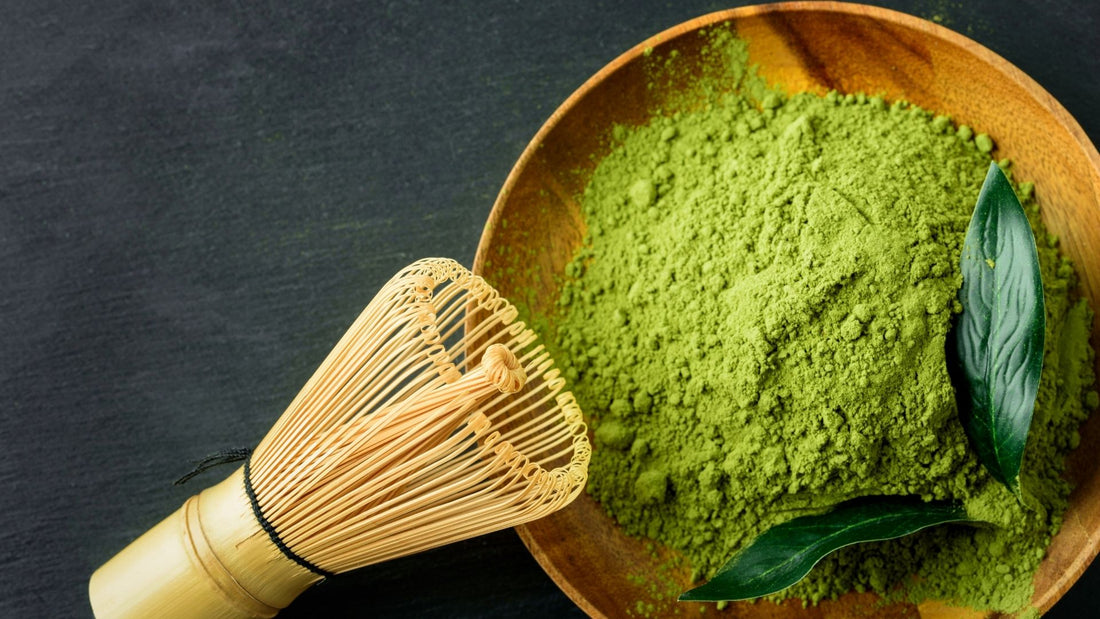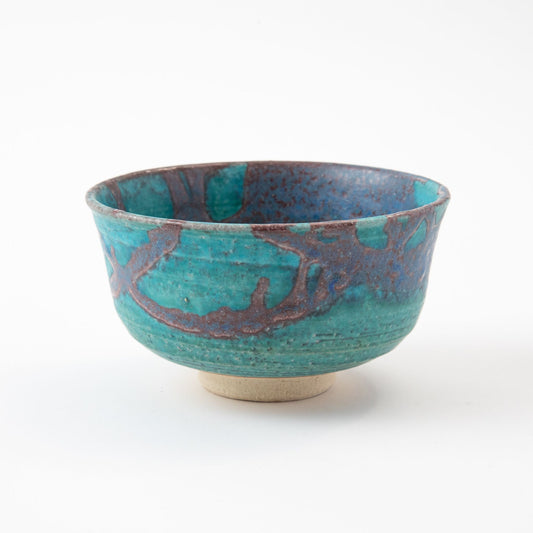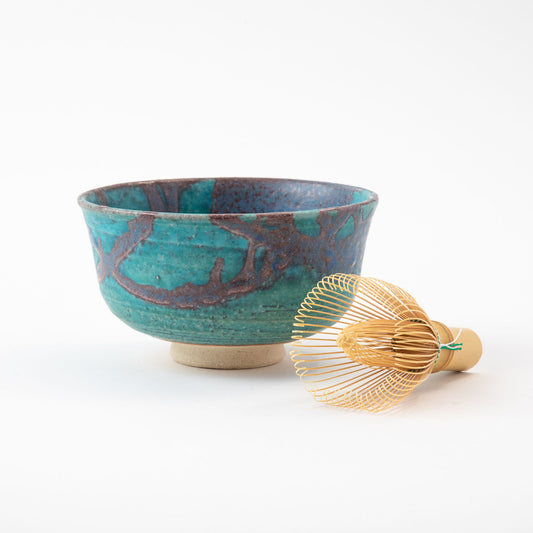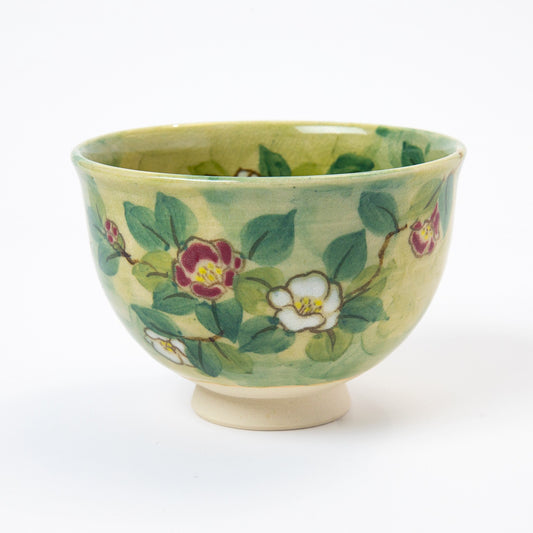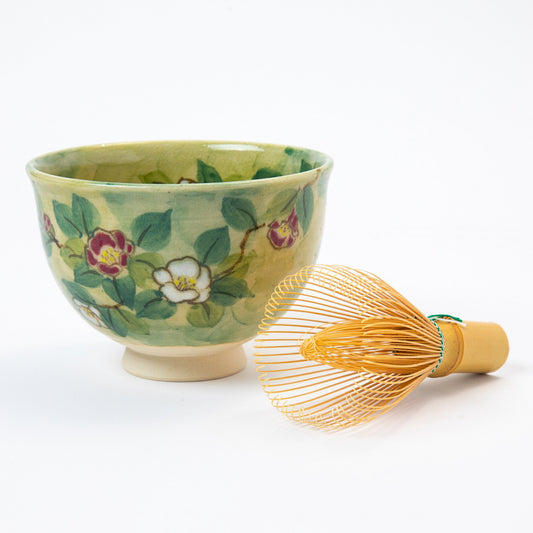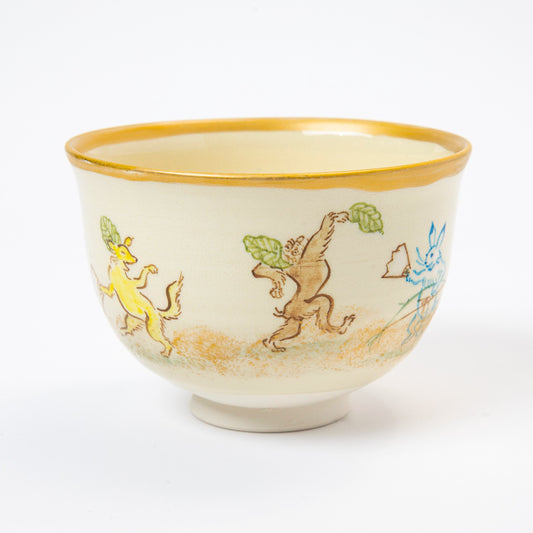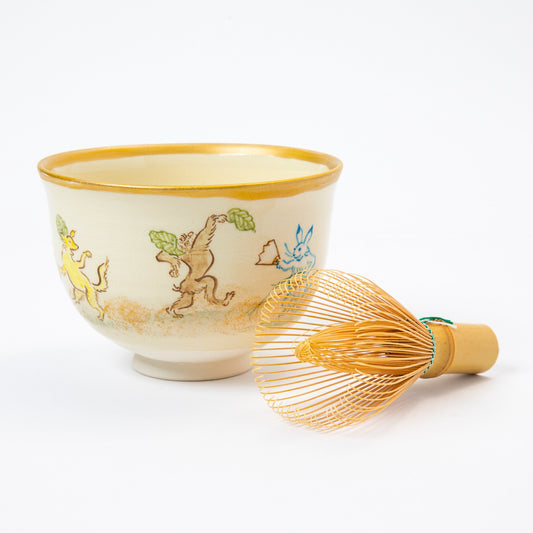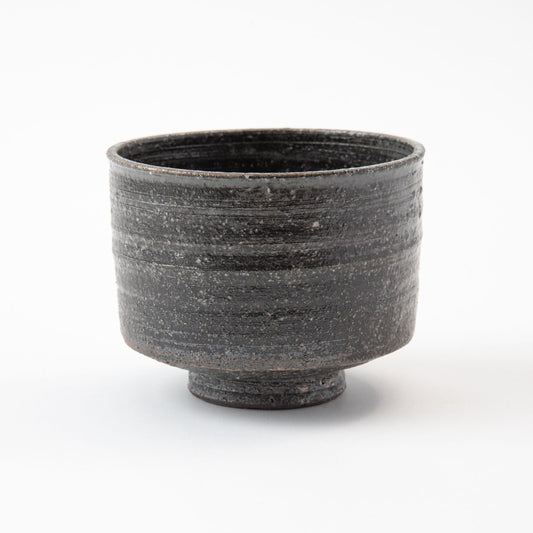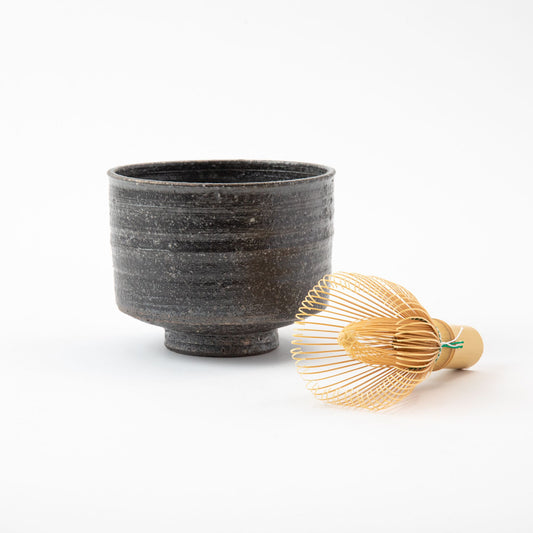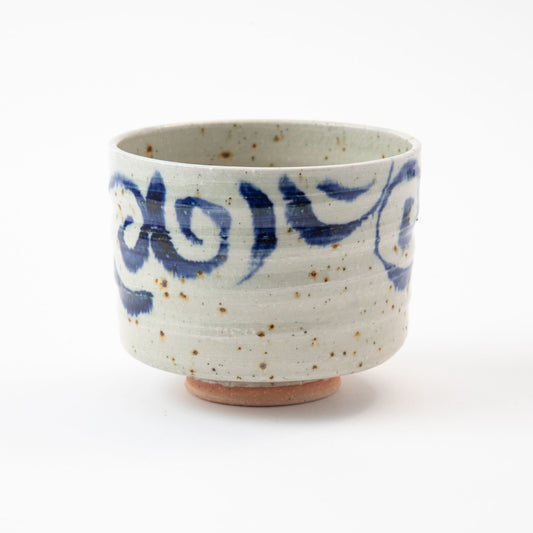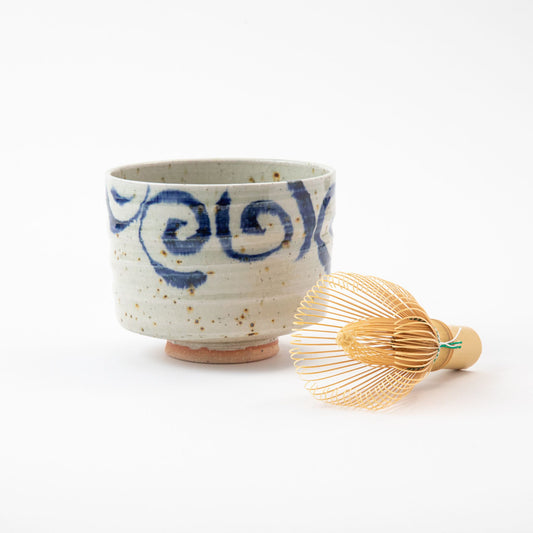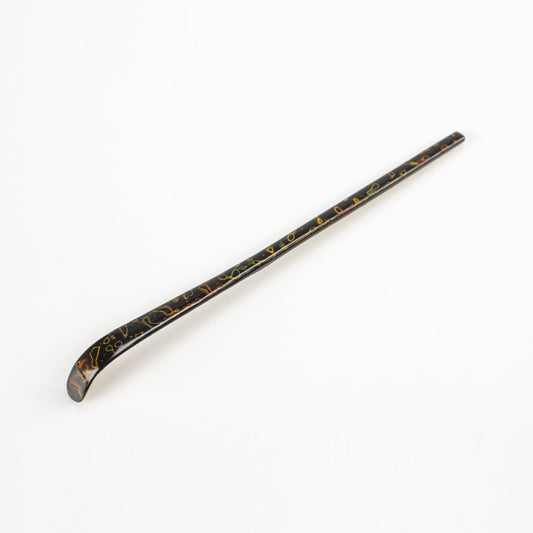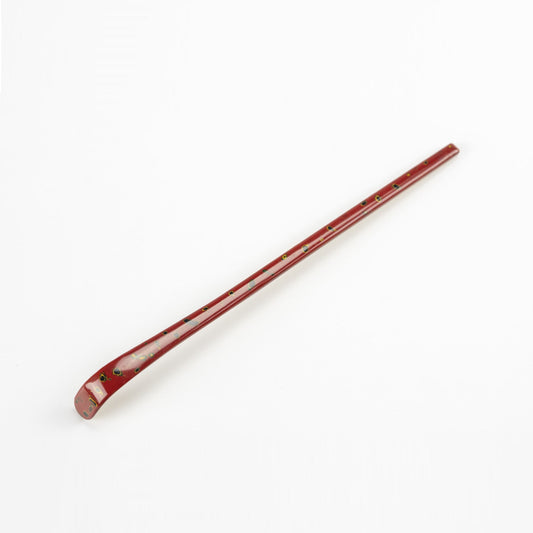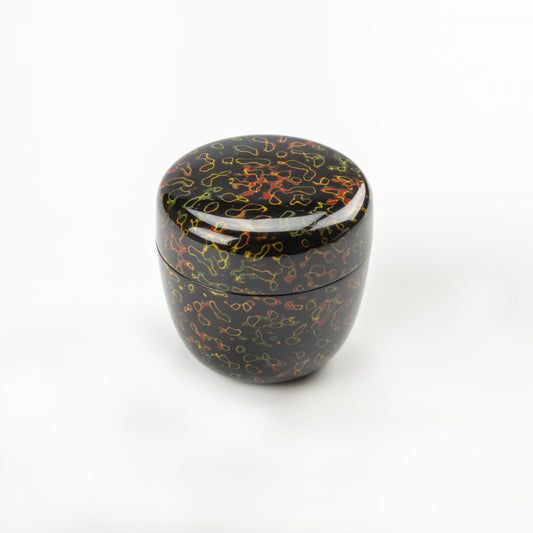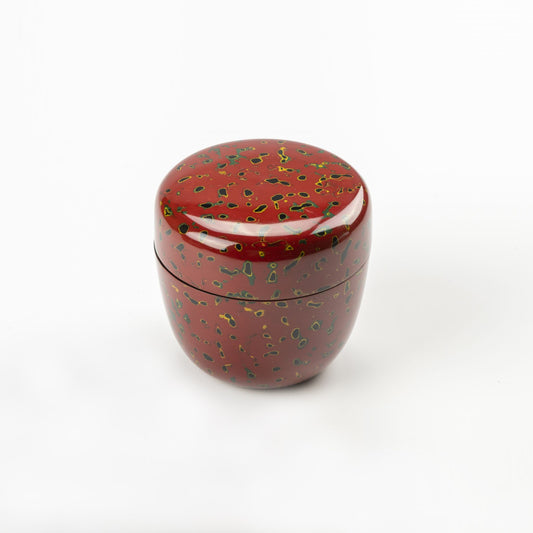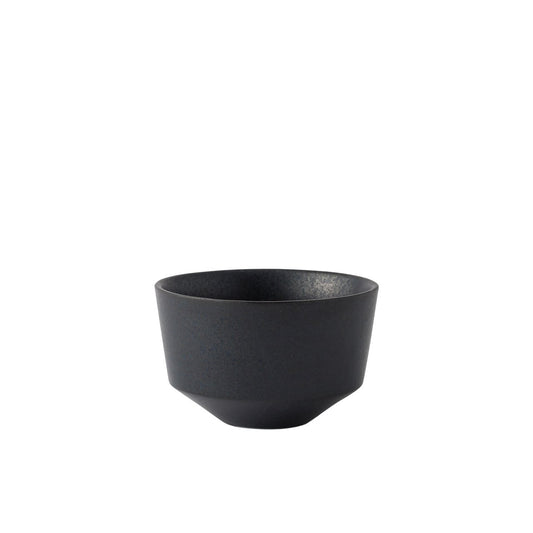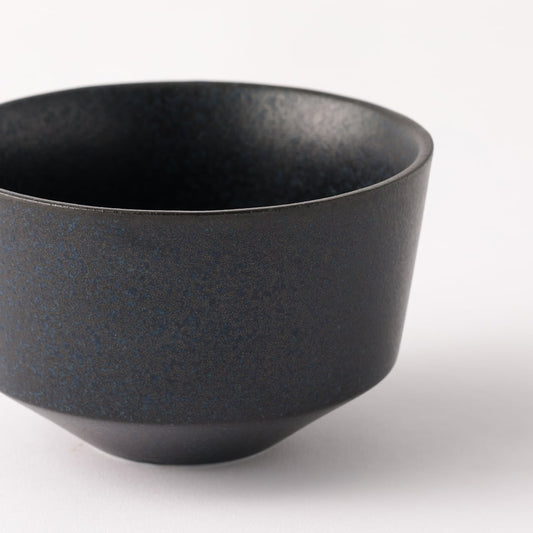In today's fast-paced world, it's easy to get caught up in the constant hustle and bustle. However, taking a moment to pause and embrace mindfulness can do wonders for restoring our inner equilibrium. One relaxing way to slow down and find solace is by indulging in your very own tea ceremony.
The Japanese tea ceremony is not just about drinking tea. It is a profound practice that reflects the core values of the Japanese culture. Tranquility, respect, purity, and reverence are all embodied in this beautiful ceremony. By creating a dedicated ritual of preparing and savoring tea, you can effortlessly hit the reset button and find tranquility amidst the chaos.
In this comprehensive guide, we delve into the rich history, explore the tools and utensils used, discuss basic etiquette, and outline the steps of the tea ceremony. Join us on this journey and discover the true essence of the Japanese tea ceremony!
Contents
- The History of Japanese Tea Ceremonies
- Utensils and Tools Needed for Your Japanese Tea Ceremony
- Step-by-Step Guide for Your Tea Ceremony
- How to Include Tea Rituals Into Everyday Life
- In Conclusion
The History of Japanese Tea Ceremonies

The Japanese Tea Ceremony, known as Chanoyu (茶の湯 - hot water of/for tea) or Sadō/Chadō (茶道 - the way of tea) transcends a mere act of drinking tea; it's a profound ritual that embodies principles of harmony, respect, purity, and tranquility. Rooted in Zen Buddhism, the ceremony seeks to elevate a simple cup of tea into an art form, fostering a meditative and spiritual experience. Originating from Chinese tea culture, the Japanese Tea Ceremony underwent transformative developments over the centuries, becoming a cherished cultural practice that continues to shape social interactions and aesthetics in Japan.
Famous Periods in Tea Ceremony History

The roots of the Japanese Tea Ceremony can be traced back to the Kamakura period (1185-1333 A.D.) when a transformative shift occurred in tea preparation. Initially grounded in Zen Buddhist practices, monks started grinding tea and employing bamboo whisks, techniques borrowed from China. This early adaptation of matcha tea laid the foundation for the renowned Japanese tea ceremony. During this period, tea consumption among Zen monks transitioned from medicinal use to religious cultivation, particularly in the Uji district of Kyoto.

The momentum of tea appreciation surged during the Kamakura period, extending its reach to the samurai and the emerging noble class known as Gekokujou. The demand for tea led to toucha competitions, where participants identified specific tea varieties. This period marked a crucial juncture in Japanese tea history, paving the way for the development of the tea ceremony as an art form.

In the subsequent Muromachi era (1338-1573), the Shoin architectural style gained prominence, influencing the design of chashitsu or tea rooms. Inspired by temple architecture, Shoin features such as the tokonoma alcove and tatami mat floors continue to shape the aesthetic of these spaces. The Edo period (1603-1868) formalized tea practices, with the influential tea master Sen no Rikyū playing a pivotal role. The modern era witnessed the democratization of the ceremony, extending its reach beyond the elite, and becoming a cherished aspect of Japanese culture.
Notable Figures Who Shaped Tea Ceremony
In the extensive history of Japanese Tea Ceremony culture, there are many prominent figures, but here are just a few that shaped tea ceremonies as they are today.
Sen no Rikyū (1522-1591): Revered as the master of the "Way of Tea," Rikyū played a pivotal role in shaping the aesthetics and philosophy of the Japanese Tea Ceremony during the late 16th century. His emphasis on simplicity, rusticity, and the Zen spirit left an indelible mark on the practice. The majority of famous tea schools follow in his footsteps to this day.
Takeno Jōō (1502-1555): A precursor to Rikyū, Jōō is recognized for introducing the concept of Wabi (侘) and Sabi (寂) to the tea ceremony, emphasizing the beauty found in imperfection and simplicity. His teachings laid the groundwork for the evolving aesthetics of Chanoyu.
Toyotomi Hideyoshi (1537-1598): A prominent military commander, Hideyoshi's patronage of the tea ceremony elevated its status, making it an integral part of samurai culture. His affinity for the arts and patronage of tea masters contributed to the ceremony's widespread acceptance.
These figures, among others, shaped the intricate tapestry of the Japanese Tea Ceremony, infusing it with philosophy, aesthetics, and a profound connection to Japanese cultural identity.
Utensils and Tools Needed for Your Japanese Tea Ceremony

For an authentic Japanese tea ceremony experience, ensure you have as many of the necessary tools and ingredients in place as possible.
- Matcha (or Quality loose-leaf tea)
- Tea Pot (Chagama)
- Tea Container (Chaki / Chaire / Usuchaki)
- Tea Scoop (Chashaku)
- Tea Bowl (Chawan)
- Tea Whisk (Chasen)
- Silk Cloth (Fukusa)
- Good Quality Water
Matcha or Quality loose-leaf tea
When it comes to your tea ceremony, never underestimate the significance of choosing the finest tea. Good tea serves as the cornerstone of your taste journey, elevating your senses to new heights. Its invigorating fragrance becomes a bridge between the entire experience and your very breath, resulting in a holistic pleasure that is simply enchanting. For those new to the world of tea, there are ways to determine the quality of tea by observing its leaf shape and liquor color, savoring the aroma of wet leaves, and relishing the flavor of the brewed tea.

Powdered green tea known as matcha comes in two primary grades: culinary and ceremonial. The highest quality matcha is the ceremonial grade, which is intended for consumption during the Japanese tea ceremony. It is produced from young tea leaves that are cultivated in shade, steamed, dried, and finely ground using stone mills. This particular matcha possesses a delightful aroma reminiscent of cut grass and is served as a concentrated, thick green tea without any additional sweeteners.
Tea Pot - Chagama
The Tea Pot (Chagama or kama) is a kettle used in the Japanese tea ceremony to heat water. Often made from cast iron or copper.
For example, you could use a special iron kettle like this Hinomaru Kyusu Teapot by Arai Koubou.
Tea Container - Chaki / Chaire / Usuchaki
The Tea Container (Chaki / Chaire / Usuchaki) holds powdered matcha tea, and its design is often chosen to complement the seasonal theme.
Something like these Kara-nuri Tea Containers by Kobayashi Lacquerware in both black and red could match various color themes.
Tea Scoop - Chashaku

The Tea Scoop (Chashaku) is a utensil, often made from bamboo that is used to measure matcha powder.
If the above tea containers take your fancy, these matching Tea Scoops from by Kobayashi Lacquerware are perfect.
Tea Bowl - Chawan

The Tea Bowl (Chawan) is a wide, open bowl used for whisking matcha with water, and it often reflects the aesthetics of the ceremony including the season and tea used.
Tea Whisk - Chasen

The Tea Whisk (Chasen) is usually handcrafted from a single piece of bamboo and used to froth and mix the matcha.
Silk Cloth - Fukusa

A Silk Cloth (Fukusa) is a small silk square used for various ceremonial purposes, such as purifying utensils or presenting items to guests with reverence.
Good Quality Water

Finally, high-quality water is the key to unlocking the exquisite flavors and intricate nuances of tea. Without good water, it is impossible to achieve a truly exceptional cup of tea. As the age-old adage wisely states, “Water is the mother of tea, and the vessel is the father of tea”.
Step-by-Step Guide for Your Tea Ceremony
With all the key elements of the tea ritual in place, we can finally move onto the preparation to begin the ceremony by following this simple step-by-step guide.
Preparation of the Tea Ritual

Now that we have everything we need, we've discussed the significance of each element. It's finally time to savor our tea. Gather all the utensils, vessels, tea, and water. Take a moment to breathe and acknowledge that the next few minutes are solely for you, your senses, and your pleasure. Create a serene and organized space. As you engage in your ritual, this step becomes increasingly vital and refined.
This is the moment in the ceremony where we release the demands on our time and attention. With practice, both the mind and body will become accustomed to this step, instantly calming down as soon as the preparation begins.
Prepare the Tea or Matcha
Whether you choose to use matcha or a quality loose-leaf tea of your choice, you aim to create an exquisite cup of tea for you and/or your guests. Here’s how to make this beautiful beverage with either option.
Loose-leaf Tea Preparation

Enhance your tea experience by using a traditional bamboo or wood scoop to delicately place the tea into your teapot. Remember to fill the teapot about 1/4 or 1/3 of the way full with tea leaves, depending on your preference. Each type of tea has its own ideal water temperature, so adjust accordingly. Lighter teas require less heat to bring out their flavors.

To ensure a pure taste, opt for filtered or mineral water instead of using a microwave or instant hot water dispenser. Boil your water in a kettle or on a stove for the best results. For the perfect heating point for your water, please refer to our handy guide above. When pouring the water over the leaves, gently move in a small circular motion, allowing the leaves to awaken and release their essence. Alternatively, you can pour down the side of the teapot, similar to avoiding foam when pouring a carbonated drink. Avoid pouring water directly into the center of the teapot for optimal brewing.

A key tip here is to discard the first brew of tea. As counterproductive as this sounds, typically, the initial brew of tea is not consumed as it lacks any distinct flavor. During this stage, the tea leaves are still in the process of "waking up." However, you can make use of the tea liquid from this first brew to cleanse your tea cup and teapot. Simply pour the liquid into the cup and pot, allowing it to rinse out any impurities.

Indulge in the delightful ritual of savoring tea. Inhale the fragrant aroma as it wafts from the cup, teasing your senses. Take a gentle sip, allowing the flavors to dance on your tongue. Let your mind wander as you immerse yourself in the experience, noting the earthy, fruity, or woody undertones that emerge. Take your time, for this small serving encourages you to relish each sip. Feel free to brew and pour again, as the tea leaves still hold their magic. With a small teapot, you can steep those leaves multiple times, unveiling new nuances with every infusion. Embrace the subtle shifts in aroma and color, as each brew unveils a unique character.
Matcha Preparation

A traditional tea ceremony commences with a beautiful ritual of purifying the tea utensils. The host (or you) gracefully cleanses each utensil using a delicate silk cloth called fukusa. Furthermore, the tea bowl is warmed with hot water and the whisk is purified in the water. Although the tools have already been cleaned before the ceremony, this step holds a deeper meaning. It symbolizes the purification of the guests' souls, adding a touch of spiritual significance to the occasion.

The first step is to carefully prepare the koicha, which is a thick matcha tea. They start by using two or three scoops of matcha tea and a small amount of water. After whisking it vigorously with the chasen until it becomes foamy, the koicha is served to the principal guest. Then, it is passed on to the next guest, and this continues until all the tea is consumed.

The next step is to whip up a delightful cup of usucha, which is a thin matcha. They'll use a perfect ratio of one teaspoon of matcha to one cup of water. Just like the koicha, everyone will take turns savoring this refreshing drink.
Cleansing the Utensils

Once the usucha is complete, it is customary for the host to meticulously clean the tea ceremony tools. The pristine chawan, or tea bowl, is then presented to the esteemed principal guest for their admiration. Subsequently, the principal guest graciously passes it along to the other guests, allowing everyone to appreciate its beauty.
How to Include Tea Rituals Into Everyday Life
Integrating the serene essence of Japanese Tea Ceremonies into a busy daily routine doesn't always require an extensive time commitment. Embracing the spirit of mindfulness, you can create a mini tea ceremony by simply dedicating a few moments each day to enjoy a bowl of matcha. Invest in a quality matcha set with just the essentials, including a chawan (tea bowl), chasen (tea whisk), and chashaku (tea scoop).

Select a peaceful spot, whether it's a quiet corner or a cozy nook by a window, and savor the process of whisking and enjoying the matcha. This brief ritual serves as a mindful pause in your day, providing a moment of tranquility amidst the hustle and bustle. The act of preparing and sipping tea becomes a meditative practice, promoting relaxation and mental clarity. With just a few minutes, you can infuse the calming elements of a Japanese Tea Ceremony into your daily life, fostering a sense of balance and well-being.
In Conclusion
In conclusion, the journey through the world of Japanese Tea Ceremonies has unveiled not only a rich history deeply rooted in Japanese culture but also a harmonious blend of mindfulness and artistic expression. From its humble origins during the Kamakura period to the refined practices of the Edo period, the tea ceremony has evolved into a cherished aspect of Japanese tradition.
By embracing a few mindful minutes, individuals can transform ordinary moments into opportunities for relaxation and mental clarity, creating a daily ritual that fosters both balance and well-being. Whether enjoyed as a solo practice or shared with others, the art of tea presents a timeless journey into the heart of Japanese culture, offering a sanctuary of serenity amid the bustling pace of modern life.


